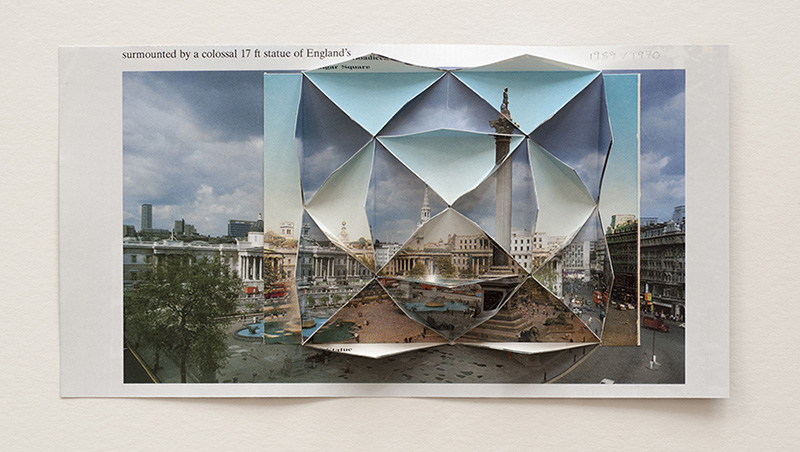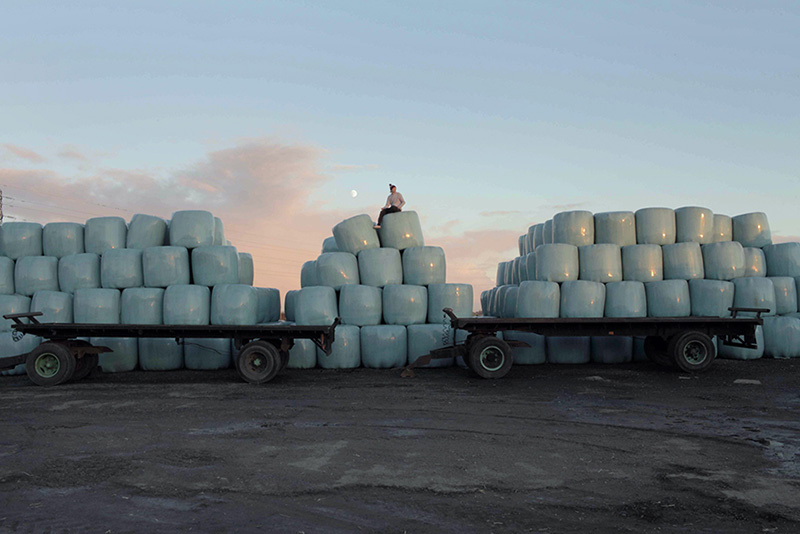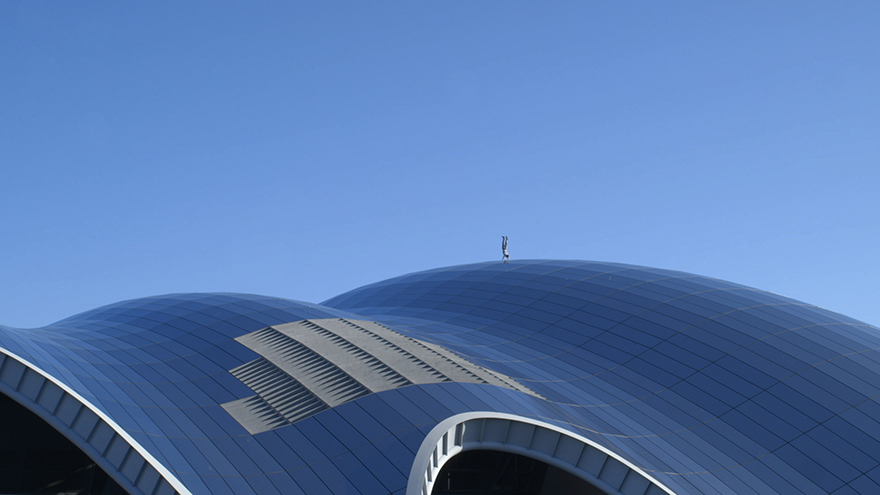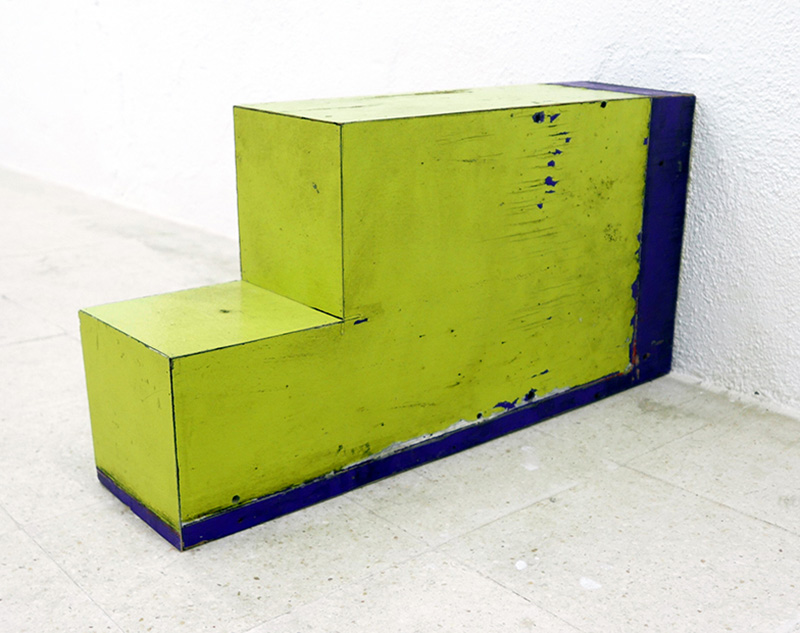ART-PRESENTATION: Transient Space,Part I
 The group exhibition “Transient Space” is exploring different approaches to urban space in the work of: Mike Ballard, Nathan Coley, Keith Coventry, Tim Head, Melanie Manchot and Abigail Reynolds. The works included adopt a varied series of positions in relation to urbanism: critical, observational, participatory, performative. Taken together, they form a series of open-ended propositions about the contemporary urban environment, the way it is experienced and how it affects us (Part II).
The group exhibition “Transient Space” is exploring different approaches to urban space in the work of: Mike Ballard, Nathan Coley, Keith Coventry, Tim Head, Melanie Manchot and Abigail Reynolds. The works included adopt a varied series of positions in relation to urbanism: critical, observational, participatory, performative. Taken together, they form a series of open-ended propositions about the contemporary urban environment, the way it is experienced and how it affects us (Part II).
By Dimitris Lempesis
Photo: Parafin Archive
The exhibition “Transient Space” takes as its starting point a seminal series of never-exhibited photographic collages made by Tim Head in 1981-822. In the course of long walks through London at night the artist photographed anonymous de-humanised space,; empty interiors, corporate lobbies, hotel entrances and underground car parks. Mirrored horizontally and vertically the spaces are rendered hermetic, their uncanny qualities enhanced by Head’s use of pale pink, orange and blue hand-tinting. The new spaces that emerge from this treatment suggest empty stage sets or sci-fi environments and extend Head’s ongoing investigation into perception and the surfaces and textures of contemporary life. While the “Transient Space” series has never previously been exhibited some of the material Head accumulated for it was used in “Compass”, a slide installation shown at the Tate Gallery in 1982. The exhibition marks Melanie Manchot’s debut at Parafin. Tracer (2013) is a three-part video installation that uses ‘parcour’ runners to re-frame and choreograph an alternative movement of bodies and cameras through a series of urban landscapes. Through the actions of the runners the urban spaces they pass through are reclaimed for human agency. The use of long, slow sequences and pulled back views also remind the viewer of the ever-present position of surveillance within the public sphere. Nathan Coley’s series “Parade Sculptures” are small-scale architectural models based on photographs of housing blocks, partially destroyed by terrorism, war or UN-sanctioned military action. Coley has said that the sculptures “Refer to a state of being, architectures subjected to a physical shift and partially destroyed due to an act of conflict”. Here the buildings are mounted on structures designed to be carried aloft, and thus become reminiscent of the placards carried during protest marches. They are both subject of, and agency of, protest. The changing and unchanging nature of urban space is explored in collages by Abigail Reynolds from a series entitled “The Universal Now”. These works take archival images from books and use cut-and-fold collage to collapse the passage of time by layering depictions of the same buildings and civic spaces from different periods. Collecting books and old photographs from atlases, tourist guides, and encyclopedias and incorporating them into three-dimensional collages and sculptural assemblages, Reynolds questions the way our relationship to the visual world, particularly the British landscape, is mediated. Keith Coventry’s series “Ontological Paintings” take their cue from the orientation signs/maps that are found on housing estates and in shopping centres. The arrows that indicate “You Are Here” and denote one’s location are here rendered meaningless by repetition and by being positioned by chance within an undifferentiated field of white paint. At the same time, the Ontological Paintings recall the reduced aesthetic of early Modernist abstraction, with its attendant utopian connotations. In his paintings and sculptures, Mike Ballard aims to bring our attention to the visual noise that influences a fundamental experience of the everyday urban environment. His works riff on the territorial gestures that form the boundaries between public and private property. Ballard’s approach to the metropolis as a ready-made, allows for a transformation of the quotidian. Here Ballard shows sculptures made from recycled hoardings, structures that physically mark a division between public and private space, and paintings based on the texture produced by graffiti and the remains of stickers found on municipal signage, suggestive of a kind of illegible urban language.
Info: Parafin, 18 Woodstock Street, London, Duration: 21/7-16/9/17, Days & Hours: Tue-Fri 10:00-18:00, Sat 12:00-17:00, www.parafin.co.uk




